In this article I’ll be comparing the Sony FE 100-400mm F4.5-5.6 GM OSS lens (SEL100400GM) with the Sony FE 70-200mm F2.8 GM OSS II lens (SEL70200GM2) with the 2x teleconverter attached (SEL20TC).

The only focal length that I’ll be focusing on is 400mm. Since a lot of people would like to know how the 100-400 at 400mm stacks up against the 70-200 + 2x at 400mm.
My Sony a7 IV has been used for all of the tests in this article apart from the sharpness tests where my Sony a7R IV was used.
Table of Contents[Hide][Show]
Summary
I was really expecting the Sony 100-400 to win this comparison by a mile and although it certainly handles chromatic aberration better than the 70-200 + 2x, there is really very little between them when it comes to sharpness providing high contrast isn’t an issue.
The 100-400 is sharper, but you do really need to pixel peep to see the difference and unless you are cropping heavily you are unlikely to notice.
AF performance at least for the tests that I carried out was excellent for both lenses, adding the 2x teleconverter to the 70-200 F2.8 MkII didn’t appear to negatively affect the autofocus.
Because the 70-200 F2.8 GM MkII is an internal zoom lens, I much prefer the handling over the external zoom of the 100-400 which I now find rather cumbersome, especially after shooting with the excellent Sony FE 200-600 lens (B&H Photo) which is also internal zoom.
If you already own the Sony 70-200 F2.8 GM Mk II lens but would like to shoot at 400mm then adding the 2x teleconverter is an excellent option, I wouldn’t hesitate to add it to my lens after doing this comparison.
If you don’t own either lens and are trying to decide which to buy, then I guess it simply comes down to which focal length you will be shooting at the most and what the lighting conditions will be like.
In low light the 70-200 F2.8 will always perform better than the 100-400 F4.5-5.6. So if you shoot indoors a lot then this lens will probably be the better tool for you, then adding the 2x for the extra reach when needed in brighter environments.
If light isn’t so much of an issue and you often shoot closer to 400mm, then the 100-400 makes more sense, and it’s also compatible with both the 1.4x and 2x teleconverters.
Alternatively if you are shooting at 400mm and above then I’d definitely recommend taking a closer look at the Sony FE 200-600 instead, for this you might find my Sony 100-400 vs 200-600 Comparison helpful.
Key Specs
First just a quick comparison of the key specifications of these two lenses.
| 100-400 GM | 70-200 GM II + 2X Teleconverter | |
|---|---|---|
| Lens Mount: | Sony E-Mount | Sony E-Mount |
| Format: | 35mm full frame | 35mm full frame |
| Focal Length (mm): | 100-400 | 140-400 |
| 35mm Equivalent Focal Length (APS-C): | 150-600 | 210-600 |
| Focus Motors: | Double Linear Motor + DDSSM | Four high-thrust XD Linear Motors |
| Lens Groups / Elements: | 16-22 | 14-17 + 5/8 |
| Maximum Aperture: | 4.5-5.6 | 5.6 |
| Minimum Aperture: | 32-40 | 22 |
| Aperture Blades: | 9 | 11 |
| Circular Aperture: | Yes | Yes |
| Minimum Focus Distance: | 0.98m (3.22 ft) | 0.85 m(2.69 ft) + 3mm approx with 2x. |
| Filter Diameter (mm): | 77 | 77 |
| Image Stabilization (OSS): | Yes (2 modes) | Yes (3 modes) |
| Zoom System: | Manual External | Manual Internal |
| Diameter (mm): | 93.9 mm (3.69 in.) | 88 mm (3.46 in.) + 62.4 mm (2.46 in.) |
| Length (mm): | 205 mm – 280 mm (8.07 – 11.02 in.) | 200 mm(7.87 in.) + 42.7 mm (1.68 in.) |
| Weight: | 1395g (49.2 oz.) without tripod mount | 1045 g (36.9 oz.) (Without tripod mount) + 207 g (7.30 oz.) |
| Price (MRRP): | $2,498.00 / £2,149.00 | $2,798.00 / £2,599 + $548.00 / £499.00 |
Bodies & Handling
Both lenses are G Master lenses and the barrels are constructed of magnesium alloy. According to Sony they are dust and moisture resistant but not waterproof.
Let’s take a look a closer look at each of the lens bodies and how they handle when shooting.
Size & Weight
The 100-400 measures 93.9mm (3.69 in.) in diameter and 205mm (8.07 in.) at it’s shortest length when the zoom is retracted and 280mm (11.02 in.) when the zoom is extended. It weighs 1395g (49.2 oz.) without the tripod mount.
The 70-200 with 2x tele measures 88mm (3.46 in.) in diameter and 242.7mm (9.55 in.) in length. The lens and teleconverter weigh a total of 1252g (44.2 oz.) without the tripod mount.

This means that the 70-200 with 2x tele is around 5.9mm (0.23 in.) smaller in diameter and 37.3mm (1.47 in.) shorter in length when the 100-400 is extended to 400mm. The 70-200 + 2x also weighs around 143g (5 oz.) less than the 100-400.
Despite the 100-400 having a slightly larger diameter, both lenses make use of 77mm filter threads.

Controls
Both lenses feature 3 customizable focus hold buttons, a focusing ring, zoom ring, a focus limiter switch (full or 3m to infinity), AF/ MF switch and an optical stabilization (OSS) on/off switch.

On the 70-200 GM II you’ll also find a Full Time DMF switch, an Iris Lock switch and an aperture ring with a clickable on/off switch.
With the aperture ring set to A you can control the aperture in-camera as usual, this will probably be the preferred setting for most stills shooters. The iris lock prevents you from accidentally moving the aperture ring which is a very welcome feature.
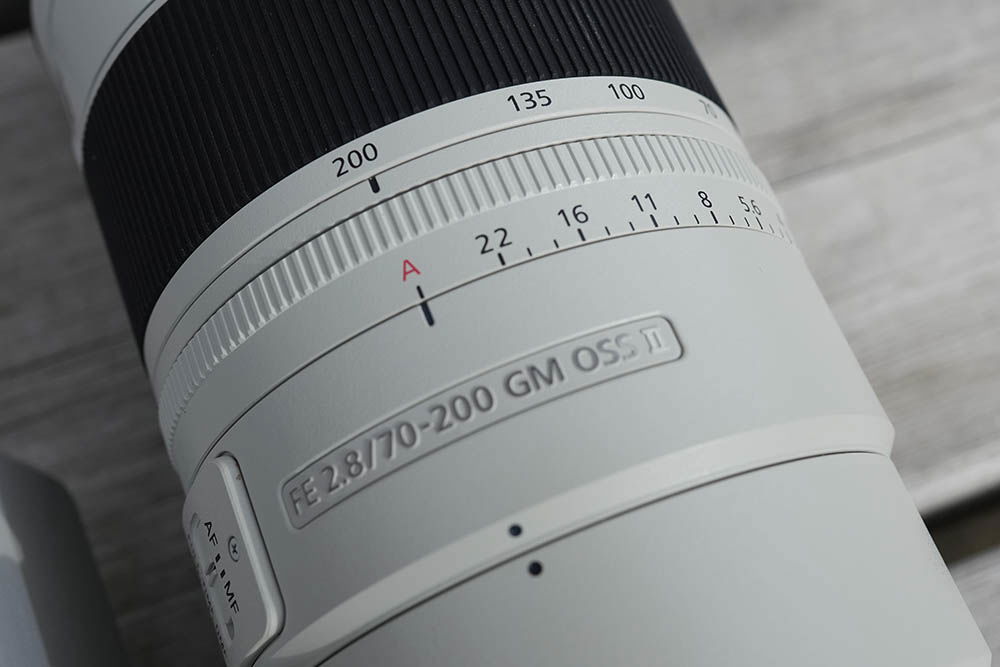
The 100-400 features 2 stabilization modes (Mode 1 & Mode 2) whereas the 70-200 MkII features 3 modes. Mode 1 stabilizes both the horizontal and vertical axes, Mode 2 stabilizes just the vertical axis for panned shots, and Mode 3 provides optimum stabilization for tracking and shooting dynamic, unpredictable action.

You’ll also find a zoom torque ring on the 100-400 that allows you to change the smoothness of the zoom action from smooth to tight. On the smooth setting the zoom lens will extend under its own weight when held pointing downwards, on the tight setting it won’t.

Lens Hoods
Both lenses feature very similar lens hoods but not identical. The 100-400 uses the ALC-SH151 hood and the 70-200 GM II uses the ALC-SH167 hood.
Both hoods feature small doors to allow the operation of circular polarizing or variable ND filters.
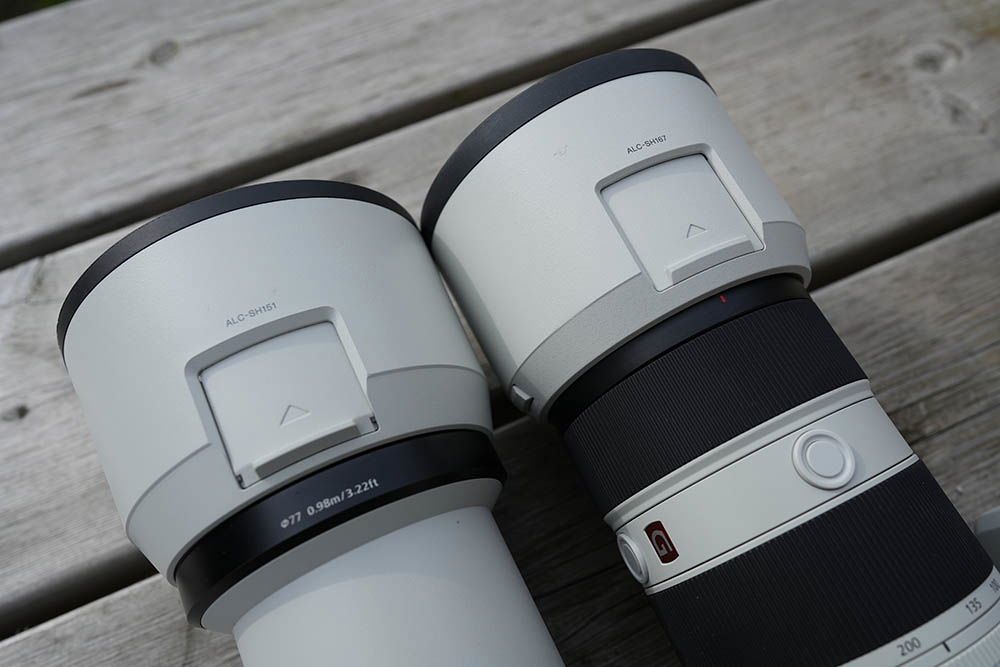
There’s a flocked interior that helps prevent reflections and silicone rubber is used on the circular front edge of the hood. A small push button is used to release each hood before twisting them off.
Tripod Mount & Collar
There’s a chunky release knob on each lens to allow them to rotate within their collars. There are markers to help with alignment but no clicks like on some other lenses. The collar cannot be removed from either lens but the feet do come off the collar exposing a 1/4″-20 thread on each.
Both lenses utilize exactly the same tripod mount and foot. To be honest it’s a pretty poor design since it’s too small and uncomfortable to hold the lens by. There are also no dovetails to allow you to mount the lens directly to a Arca-Swiss compatible tripod or gimbal head, so you’ll need to add an additional plate which is a pain when you leave it at home or it comes loose.
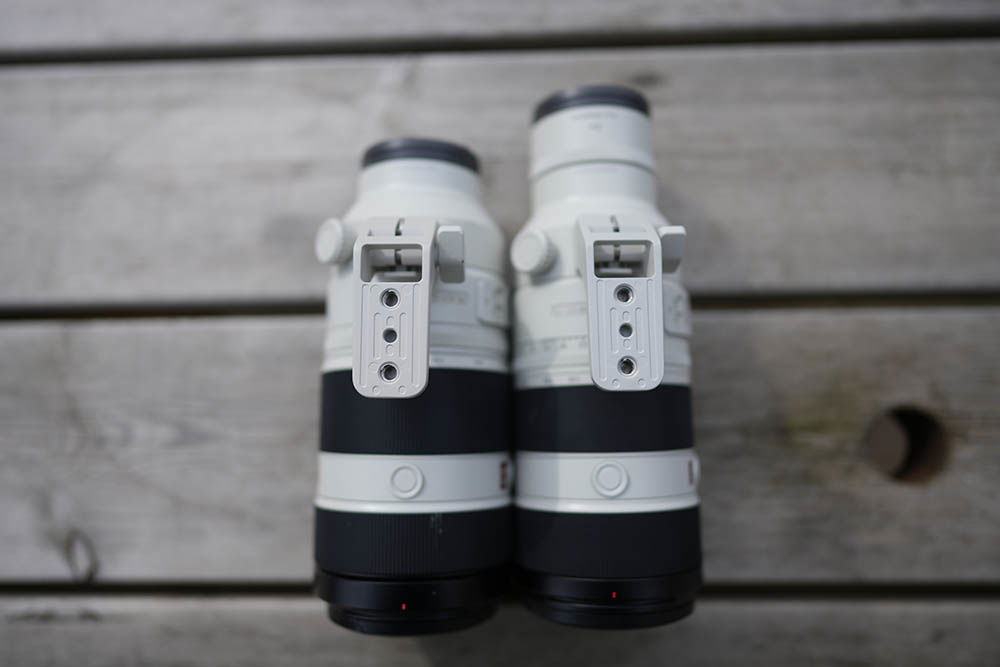
I’d recommend replacing the foot with a third-party solution such as the Kirk LP-65 (B&H Photo). This is larger and more comfortable to carry the lens with than the original foot. There are also dovetails for mounting directly to an Arca-Swiss compatible tripod or gimbal head and an integrated quick disconnect system. The Kirk LP-65 is compatible with both the Sony 100-400 GM and the Sony 70-200 F2.8 GM II.
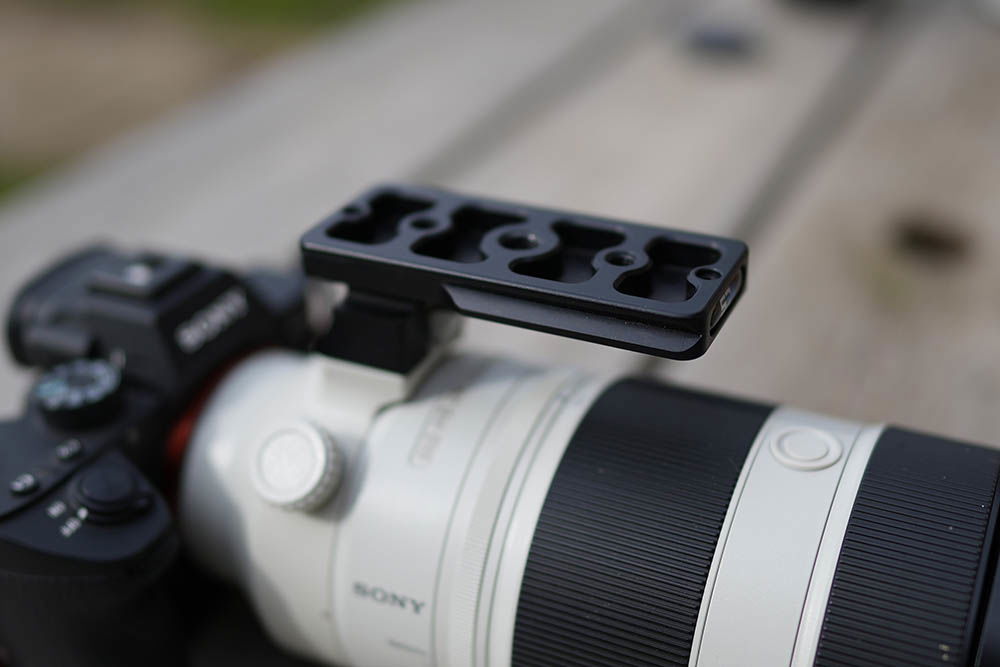
Handling
The additional 143g (5 oz.) in weight of the 100-400 over the 70-200 + 2x doesn’t sound like a lot but it is very noticeable when you compare these two lenses side-by-side.
The extra 42.7 mm (1.68 in.) of length that the addition of the 2x teleconverter adds to the 70-200 doesn’t really impact the handling.
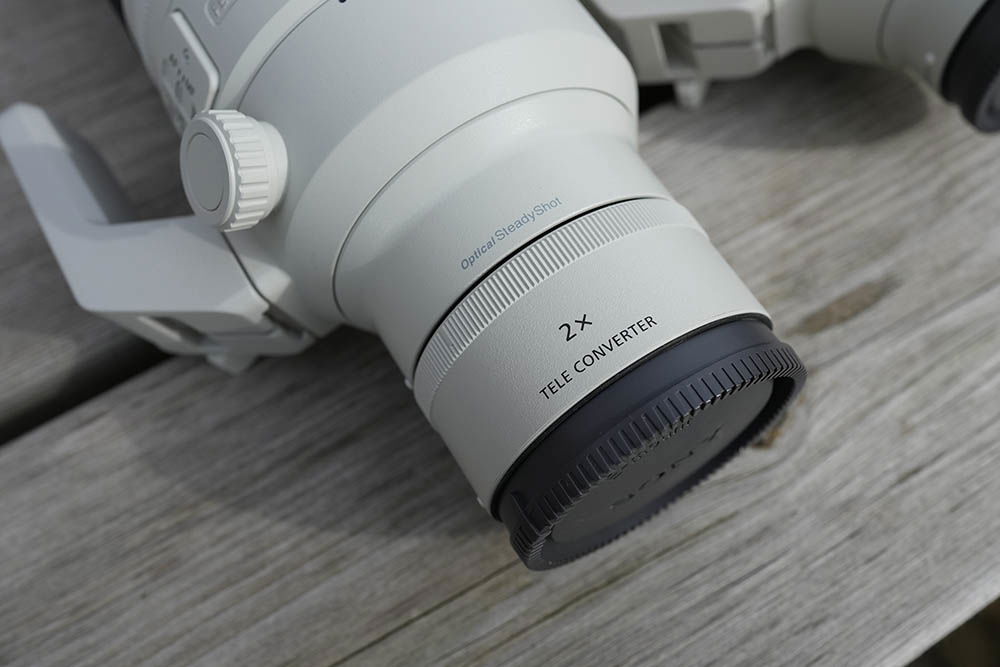
The main difference here is that the 70-200 is an internal zoom lens and the 100-400 is an external zoom lens. The zoom ring of the 100-400 has a lot more resistance even on the smoothest torque setting. As the lens extends the balance is also thrown off which makes the handling a little more awkward.

On the smoothest torque setting the 100-400 will drop back down to 100mm when pointed skywards, so you’ll need to change the zoom torque to tight to prevent this. But on the tight setting zooming is now a lot more difficult.
On the other hand the internal zoom of the 70-200 is a pleasure to use. You can go from 70-200 or 140-400 (with 2x tele) with just a short twist of the wrist, and there is just the right amount of resistance to prevent accidentally changing the focal length.
Both focus rings can be found towards the front of the lens. I’ve always wished my 100-400 focus ring would have a little more resistance, as when manually focusing the slightest knock will throw the focus out. The 70-200 thankfully has a little more resistance to it.
Bodies & Handling Summary
Both bodies are well built to typical GM standards but with the 70-200 F2.8 GM II being 4 years newer it gains some extra bells and whistles like the additional Mode 3 OSS, the full-time DMF switch, and the aperture ring that we are now seeing on the newest GM lenses.
The 143g (5 oz.) of weight saving over the 100-400 definitely gives the 70-200 a slight edge and this weight difference is noticeable.
The biggest difference is the zoom design. Once you have used an internal zoom lens then external zooming lenses quickly become cumbersome to use.
Zooming with the 70-200 requires just a short twist of the wrist and it doesn’t throw the balance off at all, so it will sit much happier on a gimbal head. The 100-400 however requires a little more strength even on the smooth torque setting, but this setting isn’t very helpful because as soon as you point the lens up it will drop back down to 100mm unless you change the torque to tight, but now zooming smoothly is out of the question.
The 70-200 F2.8 GM II takes the clear win for me when it comes to the body design, controls and handling.
Autofocus Speed & Accuracy
The Sony 100-400 GM uses a combination of double linear motor and DDSSM (Direct Drive SSM) focus motors, whereas the 70-200 F2.8 GM MkII features four of Sony’s newer XD (extreme dynamic) Linear Motors.
Do the faster focus motors help to negate the two stops of light loss when the 2x teleconverter is attached?
You can find out in this video that I’ve put together.
Autofocus Summary
There is very little difference in AF speed and accuracy between the two lenses.
The Sony 100-400 is perhaps marginally faster when shooting in AF-S mode, but there’s really nothing between them when shooting in AF-C mode.
My keeper rate for my dog Frank running towards me and also perched birds when shooting with the Sony a7 IV was very similar.
This is really a very good performance for the 70-200 F2.8 GM II with the 2x teleconverter attached.
I’ll have to call this one a draw because it’s so close between them.
Please note that your AF performance may vary depending on the camera that you are using and also the subject and lighting conditions at the time.
Our Sony Alpha Wildlife Shooters Facebook Group member Mike Kim also summarized his thoughts on the 70-200 F2.8 GM II with the 2x in this post.
I recently bought the Sony 70-200 F2.8 ii lens. I had sold my Sony 100-400 a while back and I have only been using my 600 F4. I took the new lens out late this afternoon for some testing. I already know the lens work extremely well by itself and with the 1.4x teleconverter. I have watched Timothy Mayo’s helpful video with the 2x so I was curious to see how it’ll perform today with fast/erratic flying birds.
Less than ideal lighting with the warm weather but I have to say the new 70-200 works very well with the 2x. The autofocus is quick and snappy but I did notice the AF will hunt a bit and occasionally will lose focus when the bird (Black Skimmer in this case) was flying right above the water and it required a bit more attention with the busier backgrounds. For comparison, my 600 F4 will hold the focus like a vice grip in this same scenario but that’s like comparing the proverbial apples to oranges. That said, it still performed very well and I would not hesitate to use this setup again when I want something lightweight and portable. The lens is a keeper. For reference, no sharpening software was used for Lightroom post processing. Just AI DeNoise and a little bit of brightness/contrast applied.
Mike Kim
Optical SteadyShot (OSS)
Both lenses feature Sony’s Optical SteadyShot (OSS) stabilization built-in, 5-axis stabilization becomes available when used with Alpha bodies that feature in-body stabilization (IBIS).
Using mode 1 on both lenses I shot a static subject handheld at a distance of 15 meters.
I was able to take the shutter speed down to 1/100 sec on both lenses and still achieve an acceptably sharp images (by my standards) when shooting with the Sony a7R IV.
With OSS On
With OSS Off
Sharpness
For these sharpness tests I’ve used my Sony a7R IV with its large 61MP sensor to push the limits of each lens, apart from the shots of Frank which were taken with my Sony a7 IV.
Center Sharpness (Test Chart)
The chart used here was the Edmund Optics Resolving Power Chart shot at a distance of 10 meters on a sturdy tripod and manually focused on the center.
The shutter was triggered with the Sony RMT-P1BT Wireless Remote Commander (B&H Photo).

These are raw images but with chromatic aberration correction applied in Lightroom.
I’ve only applied CA correction because the 70-200 + 2x suffers pretty badly from it which you will discover later in this article.
Without the CA correction the 100-400 takes an easy win since the CA impacts the sharpness of these high contrast images.
All images are 1000px crops.
Corner Sharpness (Test Chart)
The following images were focused on the corner of the image (to avoid field curvature contributions) at 400mm.
Center Sharpness (Manny the Mammoth)
In these shots I focused on Manny’s label which was around 15 meters away. The images are 1000px crops.

Center Sharpness (Frank Handheld)
Although it’s not possible to control this type of real life shot as well as the test subjects, I thought some people might still like to see a comparison.
Animal Eye AF on the a7 IV was used to shoot these two images at a very close distance of around 4 meters away, they were also shot handheld.
Both images have been cropped to 4000px here. You can download the full resolution JPEG and RAW files along with further real-life images in the samples section at the end of this article.
Sharpness Summary
Both lenses are very sharp centrally at 400mm, but if you look closely at the smallest bar groups on the test chart you’ll see better separation between the bars with the 100-400.
However, you will really need to pixel peep to see the difference. At real life viewing distances you are unlikely to notice.
Stopping both lenses down to F6.3 improves the sharpness a little over their wide-open apertures, with a further small increase in sharpness at F8.
As to be expected corner sharpness isn’t quite so stellar as the central sharpness. Lateral Chromatic Aberration also impacts the sharpness more in the corners, even on the 100-400 which is excellent at handling CA.
Still, the 100-400 appears to fair better in the corners again due to the poor CA performance of the 70-200 + 2x.
I’ll be covering chromatic aberration a little further down in this article, but I’ll mention it here briefly because the 70-200 + 2x suffers a lot more from chromatic aberration than the 100-400, and this has a big impact on the sharpness of these high contrast test chart images.
Chromatic aberration has less of an impact on the shots of Manny and Frank where there isn’t so much of a difference in contrast.
I have to give the win to the 100-400 for sharpness. Do you agree?
Vignetting
Vignetting, also known as “light fall-off” is simply the darkening of image corners when compared to the center.
If you are shooting JPEG’s then vignetting can be controlled using in-camera lens corrections and if you are shooting raw then you can apply lens corrections in post.
The following SOOC JPEG shots have been taken with in-camera lens corrections turned both on and off.
With Lens Corrections Turned Off







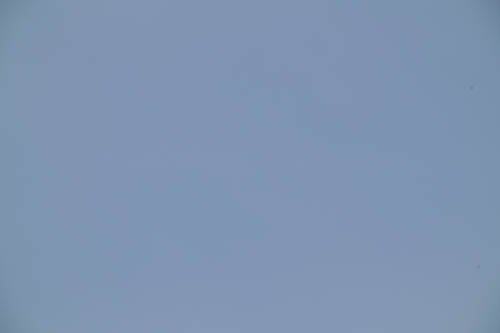
With Lens Corrections Turned On








Vignetting Summary
The 100-400 suffers more from vignetting than the 70-200 + 2x when the in-camera corrections are turned off.
At f/11 the 70-200 + 2x is no longer showing signs of vignetting but it is still clearly very visible on the 100-400.
With in-camera corrections turned on vignetting is no longer a concern for the 70-200 + 2x but the 100-400 still shows a small amount when shooting at the maximum aperture of f/5.6.
I think it’s pretty clear that the 70-200 + 2x wins this test.
Chromatic Aberrations
Here we take a look at how each lens handles chromatic aberration.
Since I’ve already compared the Sony 100-400 vs the Sony 200-600, I know that the 100-400 is excellent at handling chromatic aberration.
The following shots (500px crops) were taken with my Sony a7 IV with both lenses at their maximum focal lengths and apertures. So the 100-400 was at 400mm f/5.6 and the 70-200 + 2x at 400mm f/5.6.
Lateral Chromatic Aberration
Lateral Chromatic Aberration is only visible towards the image corners in high-contrast areas. Stopping down the lens typically does not improve this unlike Longitudinal Chromatic Aberration.
With Lens Corrections Turned On (Corner)
With Lens Corrections Turned Off (Corner)
Chromatic Aberration Summary
With lens corrections turned on the 100-400 shows barely any signs of color fringing. Turn off the corrections and a very small amount is visible.
With the 70-200 + 2x color fringing is visible with corrections turned on, turn them off and this becomes even more visible which definitely has an impact on image sharpness when shooting high contrast images.
The Sony 100-400 claims an easy win here.
Distortion
Distortion refers to a lens’s ability to represent straight lines as straight lines. Telephoto lenses like the 100-400 and 70-200 are generally more prone to pincushion distortion.
Here’s a comparison between both lenses at 400mm with lens corrections turned off and on.
With Lens Corrections Turned Off
With Lens Corrections Turned On
Distortion Summary
With lens corrections turned off both lenses are display signs of pincushion but the 70-200 + 2x fairs better here than the 100-400.
With corrections turned on any visible pin cushion distortion is corrected on both lenses.
The Sony 70-200 + 2x claims the win here.
Color Rendition
Since we all perceive color differently and many photographers will manipulate the color of their images in post, I do wonder if it’s even worth including this test. But hey ho, let’s just take a quick look at how these two lenses render color when shooting SOOC JPEG images with the Sony a7 IV.
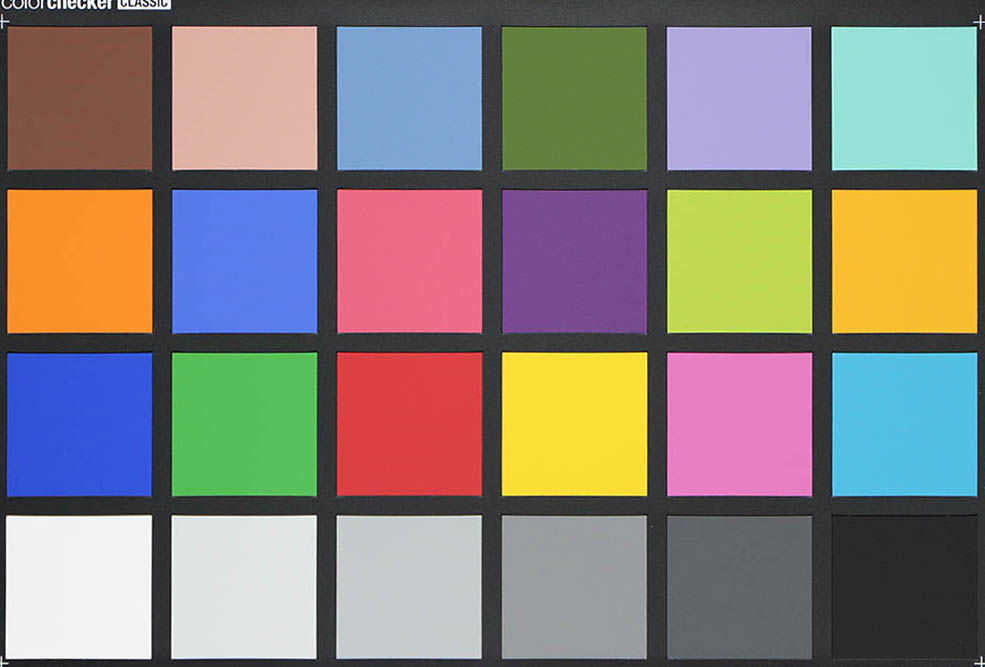

Color Rendition Summary
I’ve stared at these two images for quite some time but struggle to see much of a difference when it comes to color rendering. Please do let me know your thoughts in the comments down below.
Bokeh
Such a subjective topic. Similar to color rendition in that we all perceive bokeh differently and what one likes another may not. Again, I do wonder if I should include this section. Still, here are a few images shot from f/5.6 down to f/11. You will need to click on the images to open a larger image to see the finer details.
Bokeh Summary
The 70-200 features 11 aperture blades vs 9 for the 100-400, so this should give the 70-200 a slight edge when it comes to smooth and creamy bokeh.
Even at f/5.6 both lenses are more than capable of smoothing out a distracting background providing a nice separation between your subject and background. That’s providing of course you have a sufficient distance between your subject and the background. For these shots the distance was around 5 meters. To my eyes the 70-200 looks just a little smoother.
If you look at the images more closely you’ll see that both lenses produce lovely round bokeh balls in the central part of the frame.
However, you might also notice that the nice round balls turn into cat’s-eye bokeh balls just off from the center of the frame on the 100-400 at f/5.6. Whereas the 70-200 + 2x the bokeh balls remain nice and round until you get closer to the edges of the frame.
You’ll find some further real-life examples in the sample images at the end of this article.
I’ll have to give the win to the 70-200 here, but it’s certainly not a big win. Do you agree?
Lens Flare
Lens flare can result in less contrast in your images when shooting against a bright sky.
Sometimes different colors may be visible in circular or semi-circular halos or “ghosts” and even odd-shaped semi-transparent objects of various color intensities.
Lens flare can be reduced by keeping the hood on your lens, but typically not eliminated completely.
Both lenses feature Sony’s Nano AR Coating that helps to subdue lens flare and ghosting.
Shooting against a bright sky both lenses appear to lose similar levels of contrast, I wouldn’t say that one is worse than the other.
If you push things a little further then both lenses will display some flare and the 100-400 will also display some small rainbow colors.
Lens Flare Summary
Both lenses appear to handle lens flare very well, so it appears that Sony’s Nano AR coating is working its magic here. I’ll call this one a draw.
Sample Images
Here’s a small collection of real life sample images shot with each lens, they have only been cropped to my liking, no other processing.
You can download the full resolution SOOC JPEG or RAW images by clicking JPEG / RAW in the caption of each image. For JPEG’s it’s best to right click and select “Save Link As” otherwise the image will be loaded into the lightbox.
Sony FE 100-400mm F4.5-5.6 GM OSS
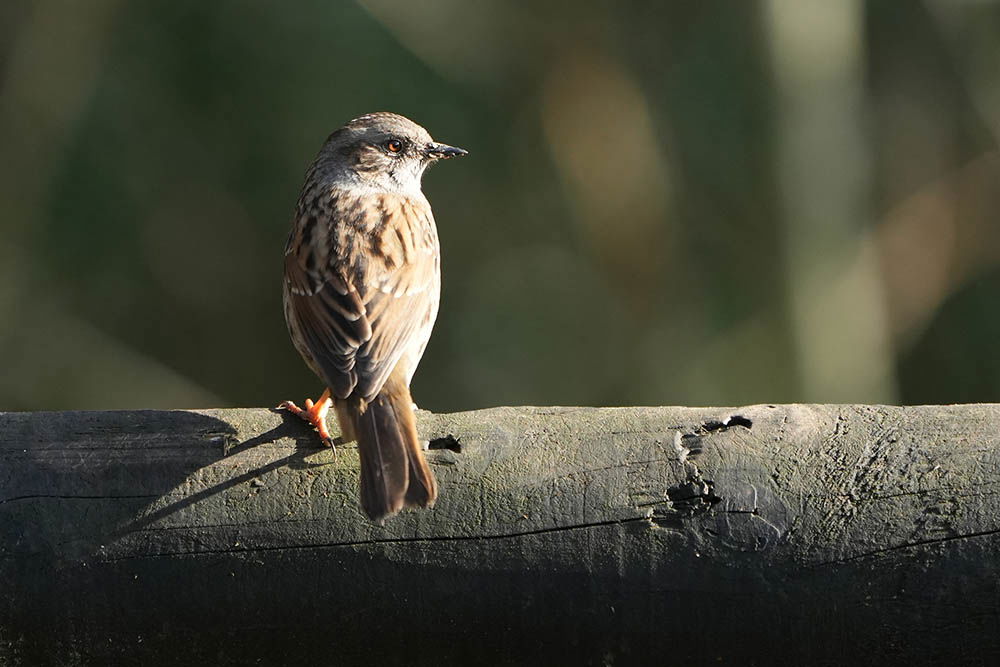




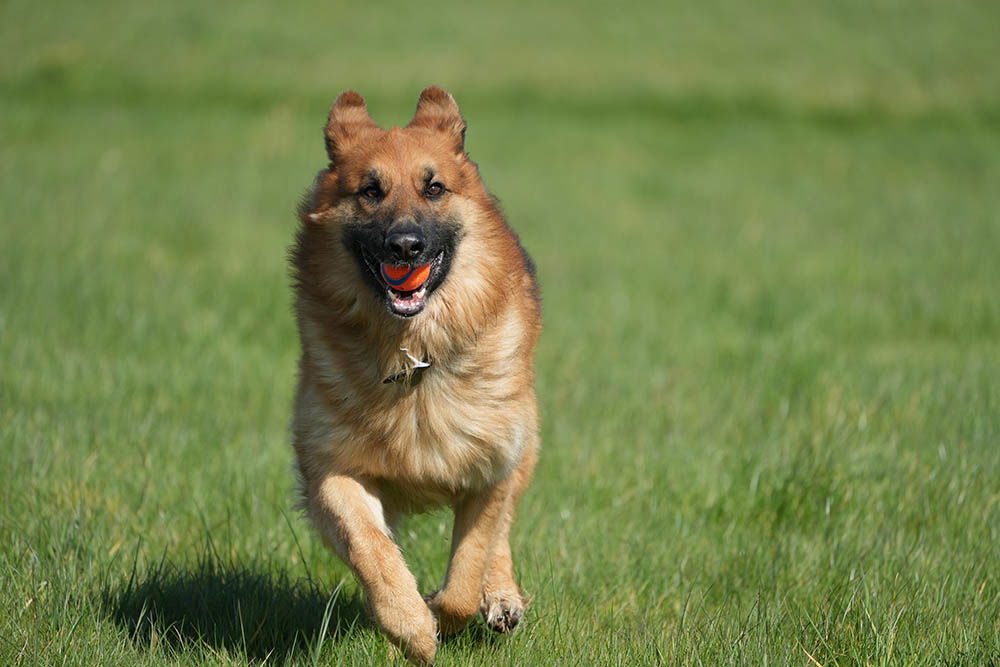
Sony FE 70-200mm F2.8 GM OSS II lens + 2x TC







And that’s it for this comparison. If you found it helpful please do drop a comment below.
Finally, if you are not already a member of our community forums it would be great if you would consider joining. We’re a pretty friendly bunch!

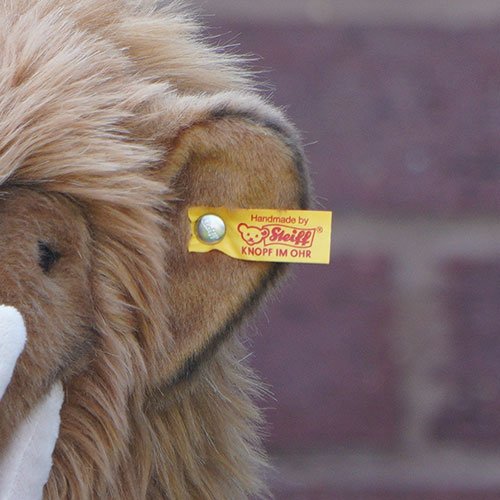

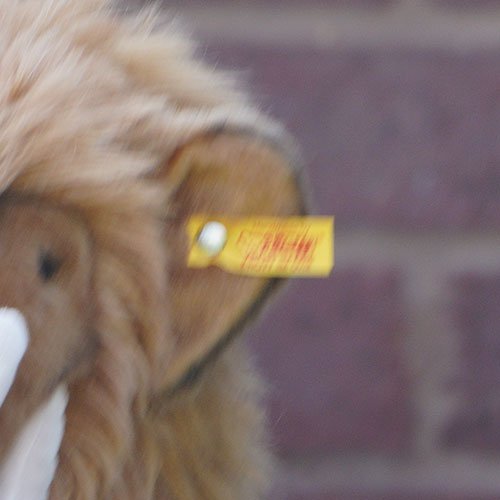
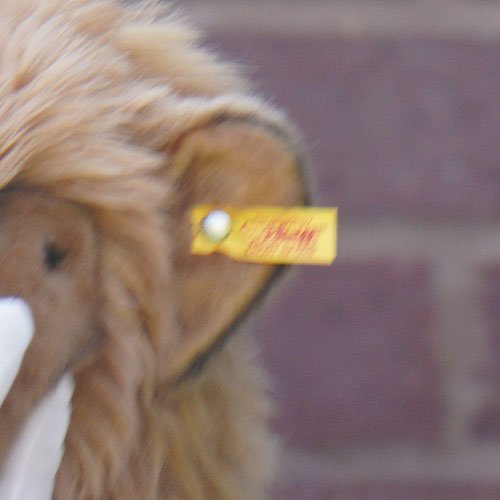

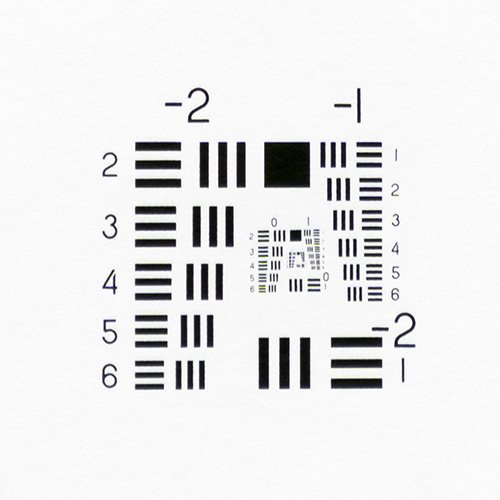

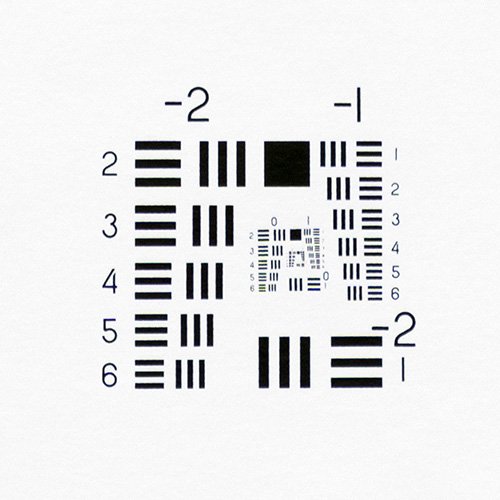
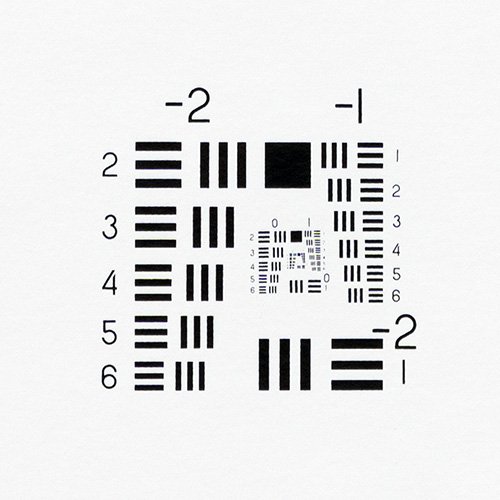


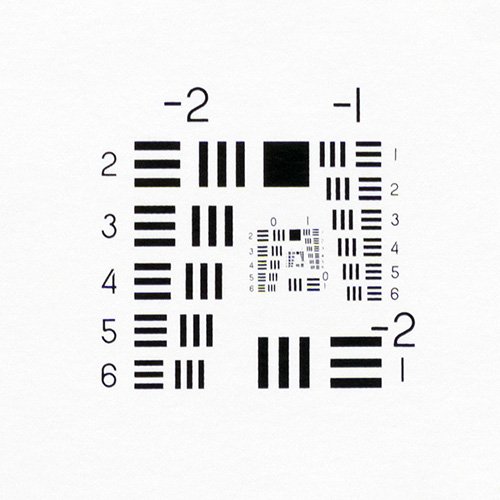



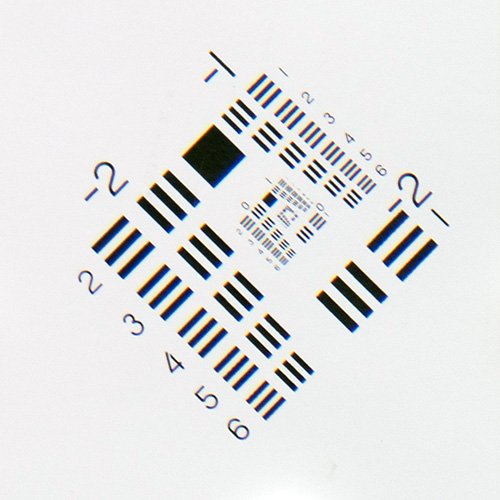
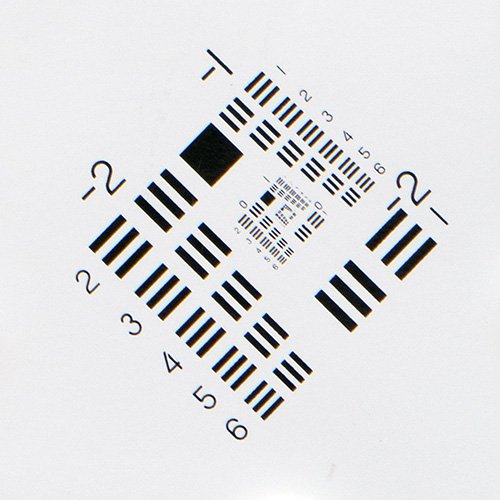
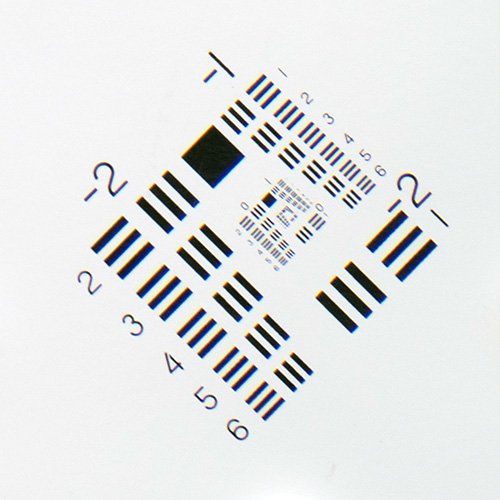
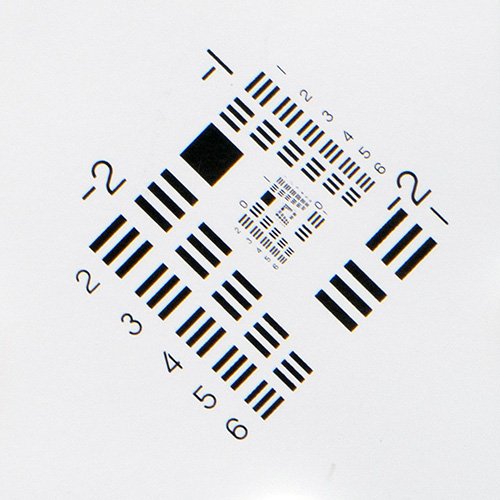
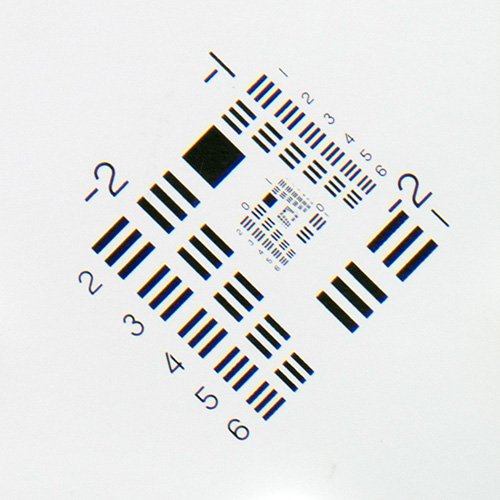










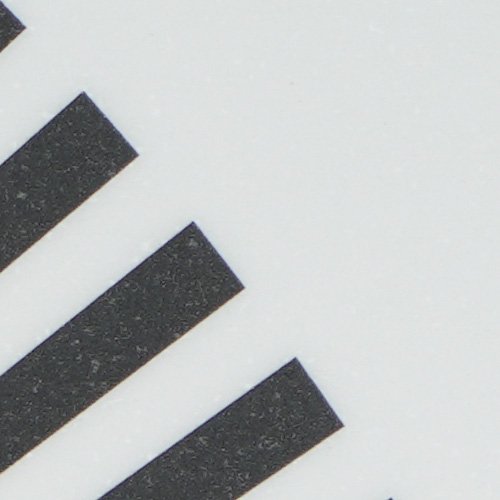
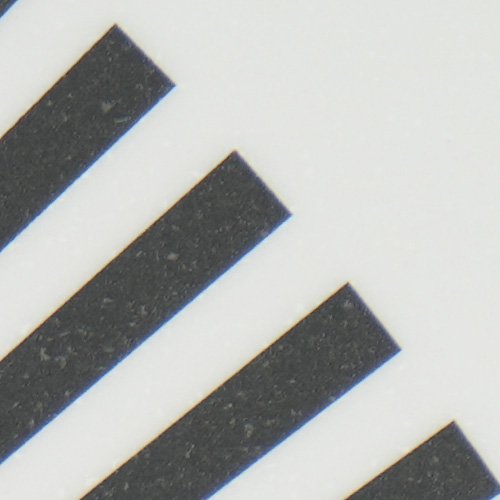
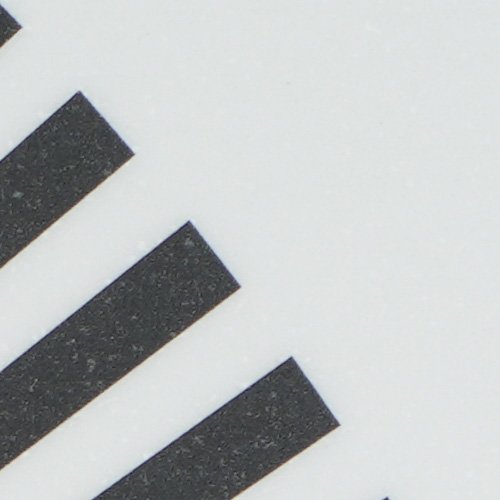
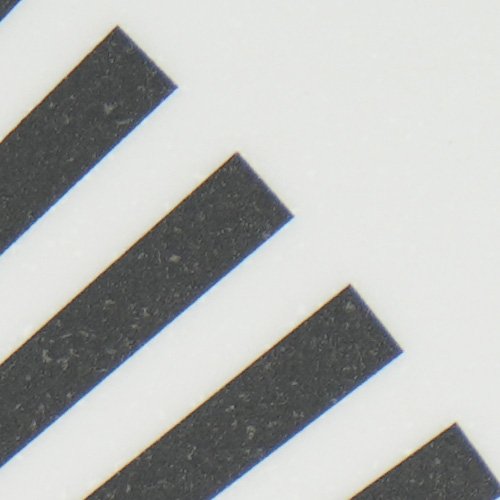
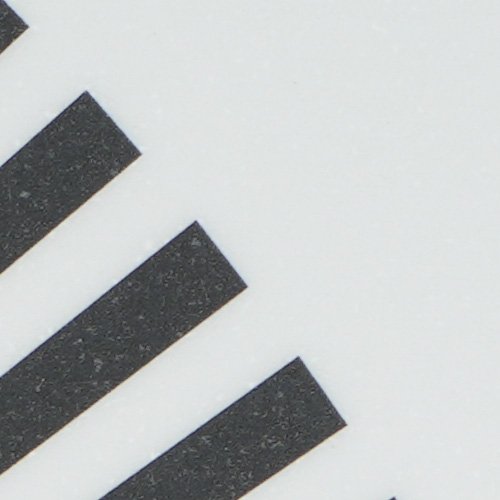

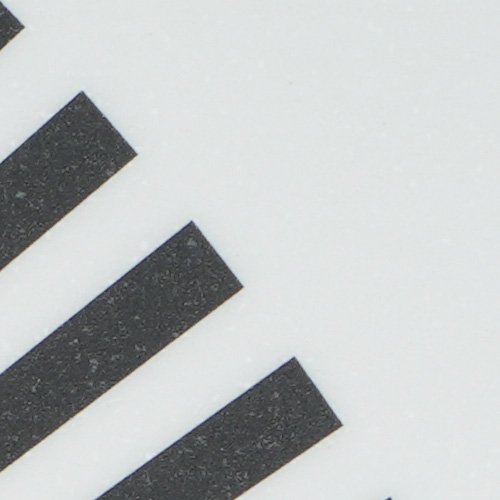
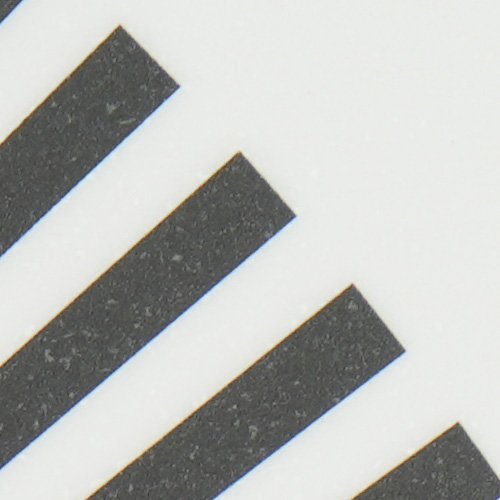




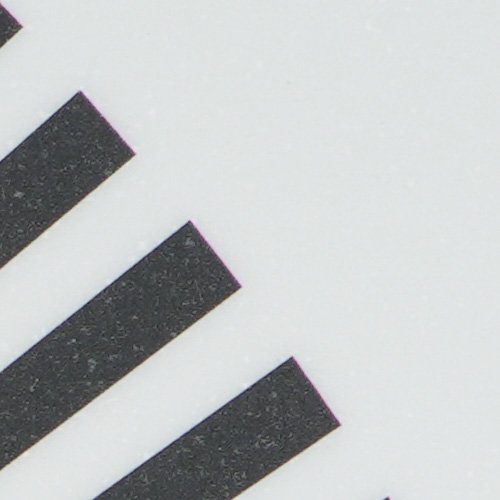
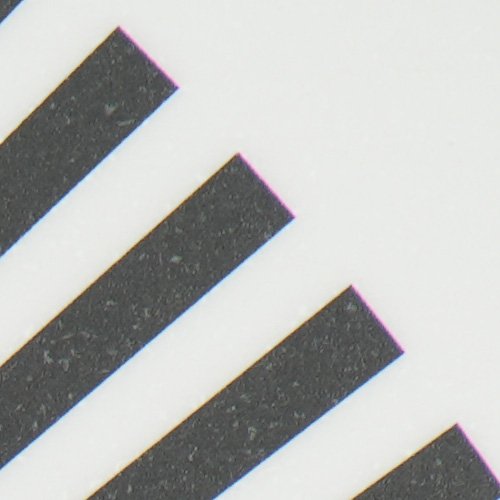
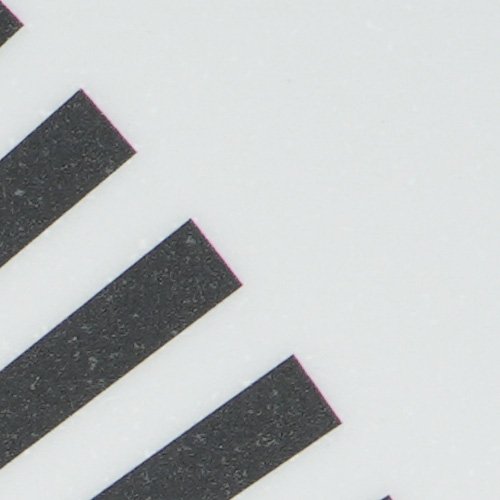
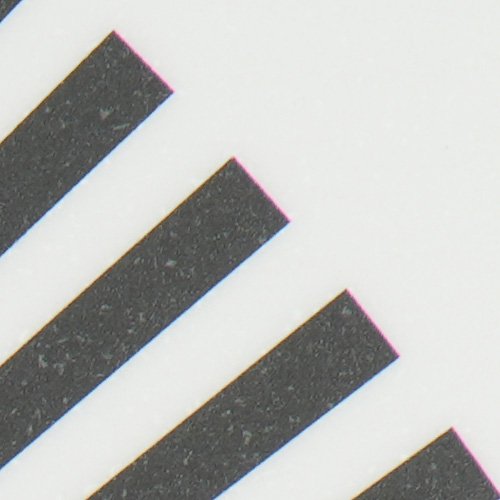
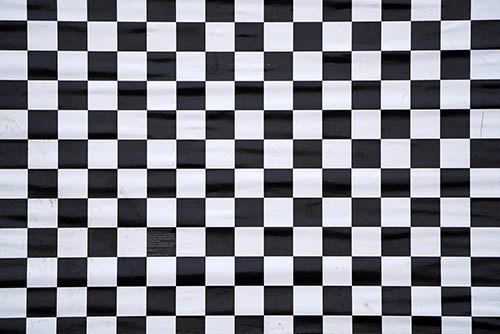
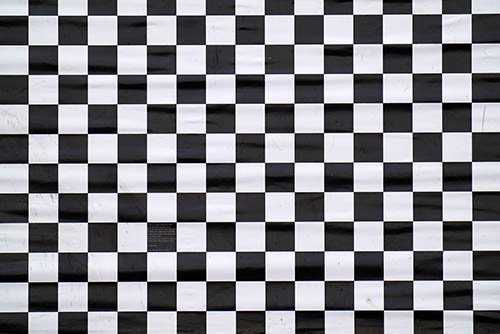

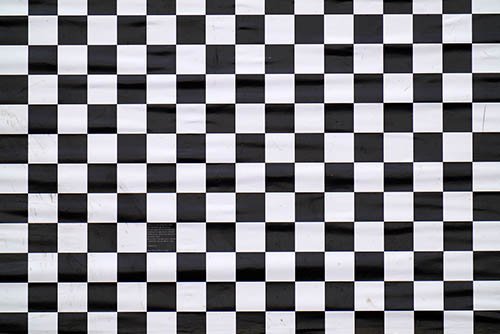

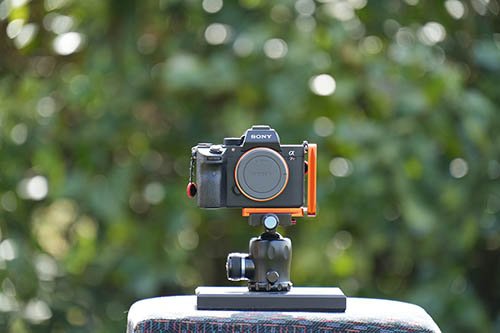
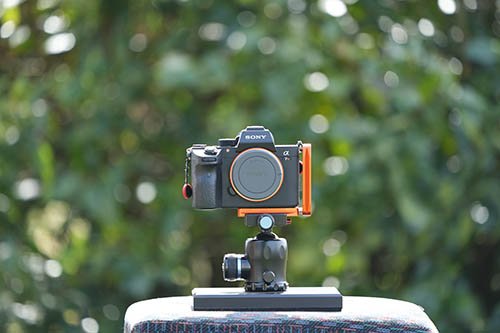
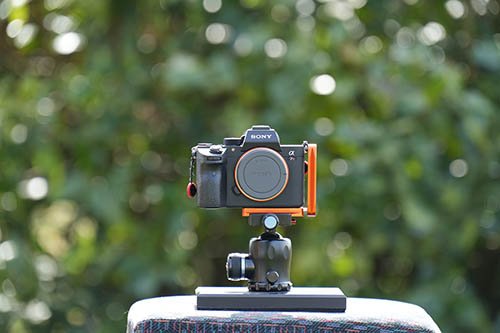

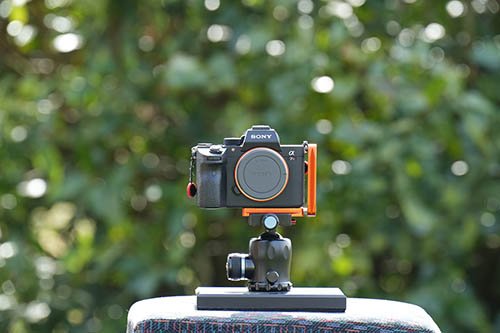
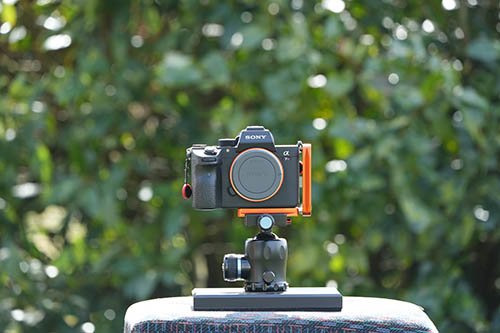
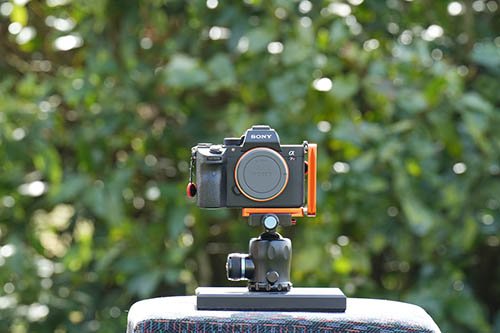
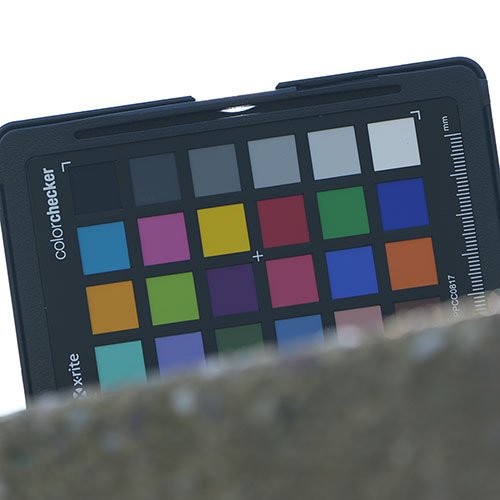
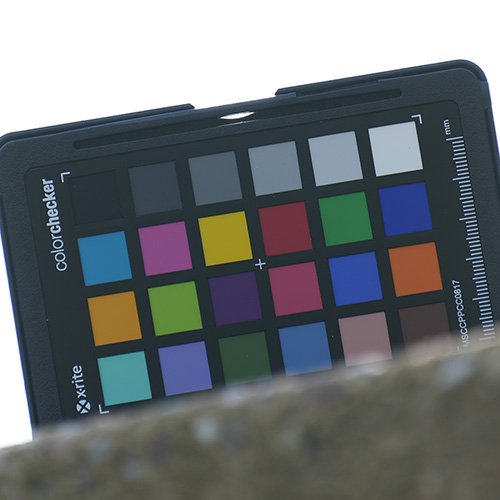
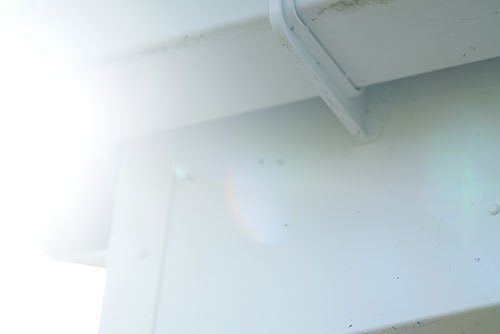
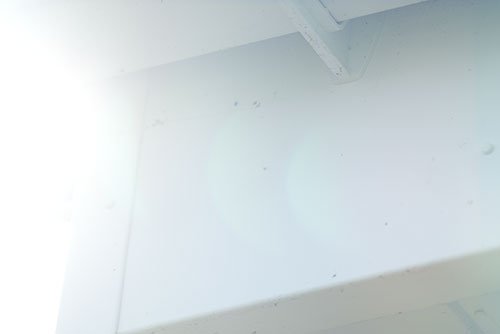


As a plane spotter, I would like to know which lens may perform better in max aperture and high shutter speed. Do you have any recommendations between 100-400 and 70-200 with 2x TC in taking photos of planes? Or are they just about the same here? Thank you.
Great review, decided on a 2X for my 70-200 GM2 instead of the 100-400. thanks!
What are your thoughts about the 70-200mm with a teleconverter vs the Sigma 60-600mm? Hoping that with the A7RIV I have enough megapixels to crop in with the 200mm at 400mm through the converter that I can make do with one lens (and converter) for travelling. The low brightness of the sigma concerns me.
I love this review. So incredibly detailed and well done. I’ve always purchased the 1.4x for any camera system as I was always afraid of that degradation in IQ or sharpness with a 2.0x converter. This absolutely shows that’s not always the case at least with Sony. I am currently deciding between the Tamron 150-500 for it’s sharpness, price and weight, the Sony 200-600 for its superb reach, and the 100-400. Never thought I could get a 70-200gm II with a 2.0x to get best of both worlds. Have you tried a teleconverter on the 100-400 yet? I have the a7CR and being able to add that crop plus a teleconverter, seems like the 100-400 would be phenomenal with a teleconverter should it be a good combo.
Glad to read that you love the review Mark! 🙂 I tested the 1.4x during my 100-400 vs 200-600 comparison and adding the 1.4x to the 100-400 does have quite an impact on the image quality. I didn’t compare the 2x in the article but it’s not something I’d shoot a great deal with on the 100-400, especially as you will now be at f/11. The 100-400 would probably be better suited to a smaller body like the a7CR than the 200-600. Of course, there’s also the new Sigma 500 F5.6 DG DN lens which I’ve recently purchased, this lens is probably going to live on my camera now! It’s a little more expensive than the 100-400 though and of course you lose the zoom and no tele support. I’ve started putting together a Sigma 500 vs Sony 200-600 comparison if you are interested in that lens. I’ve not used the Tamron 150-500 myself so can’t really comment but I know it gets very good reviews.
I’ve been struggling deciding between these two lenses with three use cases; 75% of the time used for macrophotography of flowers and insects. 20% of the time travel (safari, birds, etc.) and 5% astro and solar photography (April 2024 eclipse, lunar images, etc.) Your article is heavily pointing me to the 70-200 with the 2x tele. THANK YOU.
This is great, but one other thing I’d really like to see in this comparison is how the 70-200 cropped to match a 400mm FOV would stack up. Throwing a 1.4x on and cropping to a 400mm FOV would also be interesting to see. I had a 2xTC in the past and I was never quite impressed enough with the results I got with it compared to simply cropping to actually justify bringing it along, so I ended up selling it and getting a 1.4x instead.
Thx for this review. I own both 70-200gm ii and 100-400 gm and shoot sports.I kite the new 70-200 gm ii a lot, super sharp and freaking great rendering. 2.8 aperture is a big win on smoothing out the background. Standalone I would always choose the 70-200 gm ii over the 100-400: lighter, very sharp and superb rendering. I’m tempted to sell my 100-400 and get the teleconverter. Your review gave me a positive feedback to that. Guess I have to find a chance to test for myself and see how I like the results.
Honestly the exact review I was looking for, thanks!
Glad to hear that Anthony! 🙂